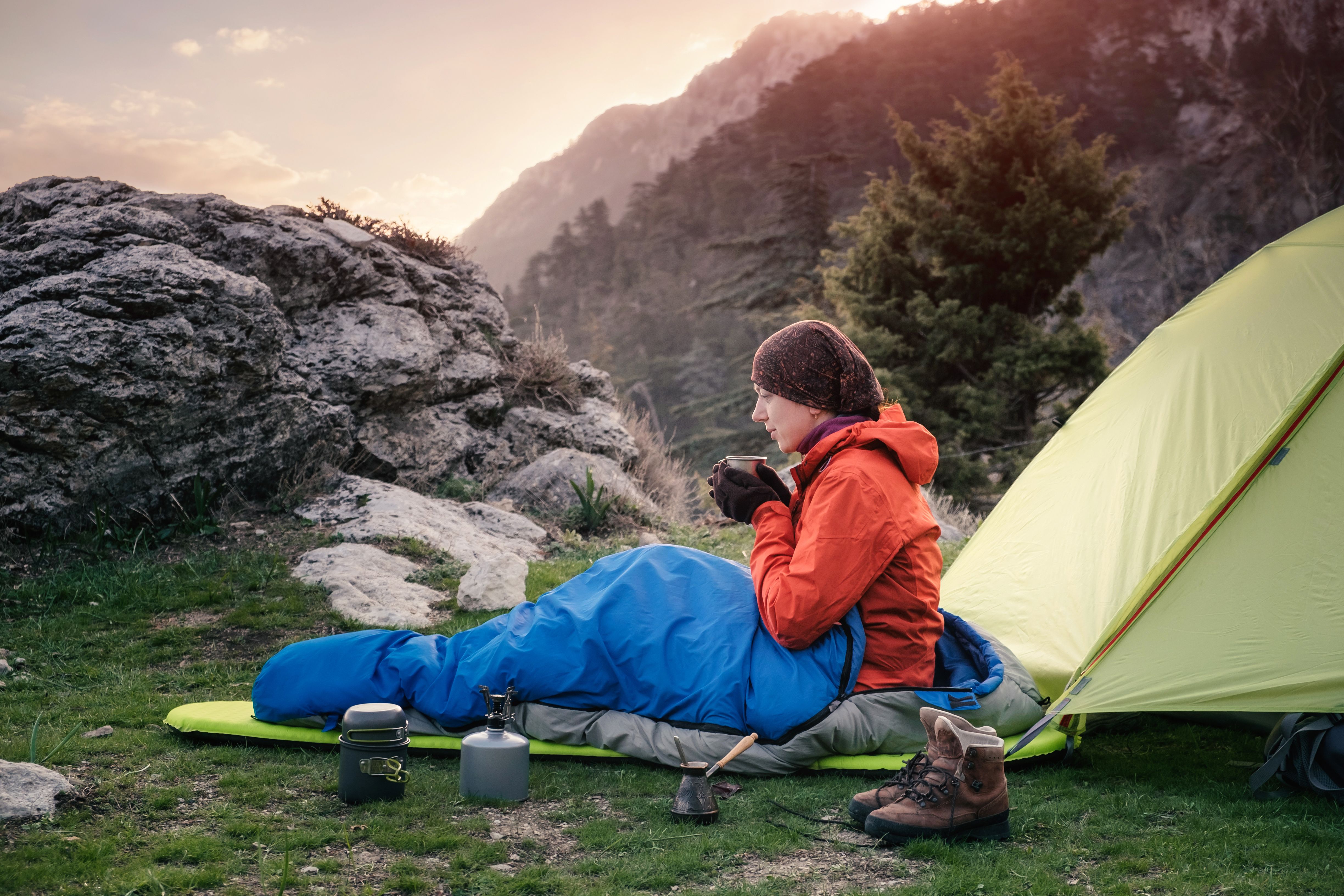The Science Behind Sleeping Bag Temperature Ratings and What They Mean for You

Choosing the right sleeping bag can make all the difference in your camping or hiking experience, especially when it comes to staying warm and comfortable. Understanding sleeping bag temperature ratings is essential to ensure you pick a bag that suits the conditions you’ll be facing. In this article, we’ll explain what these ratings mean and how you can use them to make an informed decision.
What Are Sleeping Bag Temperature Ratings?
Sleeping bag temperature ratings are standardized measurements designed to help consumers understand the comfort level a sleeping bag can provide under certain temperatures. These ratings indicate the lowest temperature at which an average person can sleep comfortably in that sleeping bag without feeling cold. The most widely recognized system comes from the European Norm (EN) 13537 standard, which provides three key values: Comfort, Limit, and Extreme temperatures.
Understanding Comfort, Limit, and Extreme Ratings
The Comfort rating refers to the lowest temperature at which a typical woman can expect to sleep comfortably. The Limit rating indicates the lowest temperature where an average man might still sleep safely but less comfortably. Lastly, the Extreme rating specifies survival-only conditions; it’s the minimum temperature at which a person could survive without risk of hypothermia but would likely feel very cold. Knowing these distinctions helps campers choose bags suited for their expected environment.
Factors Influencing Temperature Ratings
While temperature ratings provide a helpful guideline, several factors influence how warm you’ll feel inside your sleeping bag. These include your metabolism, clothing layers worn inside the bag, ground insulation quality (like using a sleeping pad), humidity levels, wind exposure if using an unzipped tent or bivy sack, and individual differences in cold tolerance. Therefore, it’s wise to consider your personal needs alongside manufacturer ratings when selecting a sleeping bag.
How To Choose A Sleeping Bag Based On Temperature Ratings
To pick the right sleeping bag based on its temperature rating, first identify the typical nighttime temperatures where you plan to camp. If you expect colder conditions or want extra warmth for comfort or safety margins, choose a sleeping bag with a Comfort rating below those temperatures. For milder climates or summer use only, bags rated for higher temperatures may suffice but keep in mind sudden weather changes that might require warmer gear.
Tips For Maximizing Warmth With Your Sleeping Bag
Besides selecting an appropriate rated sleeping bag, there are practical ways to stay warmer during outdoor adventures: use insulated pads beneath your bags to prevent heat loss through contact with cold ground; wear moisture-wicking base layers; avoid overheating before bedtime as sweating can lead to chill; zip up fully and tuck edges snugly around yourself; consider adding liners for extra insulation on colder nights; and store your dry clothes nearby overnight so they’re warm when you change into them.
In summary, understanding sleeping bag temperature ratings helps ensure you’re prepared for outdoor conditions while maximizing comfort and safety on your trips. By considering these scientific standards along with personal factors like metabolism and layering habits, you’ll be better equipped to select gear that meets your needs — making every night under starry skies cozy and restful.
This text was generated using a large language model, and select text has been reviewed and moderated for purposes such as readability.











